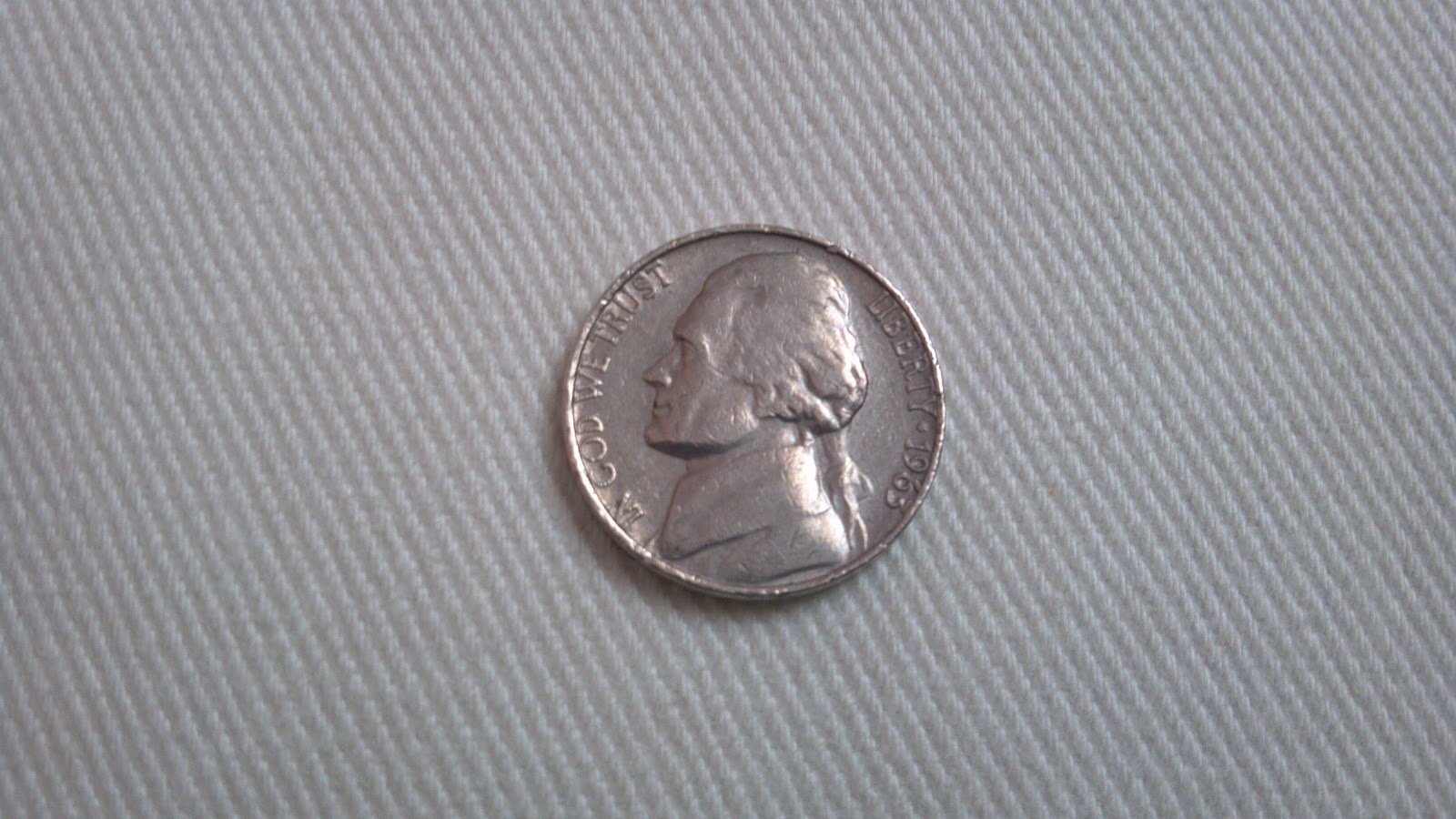Leaving the tip

What should I tip? It's that age old question that crosses your mind each time you look at the check at the end of a meal. There are so many variables that go into answering this question. I've asked around to get a sense of what people think about tipping, and I've learned that there are strong opinions on the subject. Most 'tip logic" is based on a firmly-held, socially-acceptable standard percentage of the check, the service expected from the location, and the experience as a whole. However, ultimately it really comes down to what you, the customer, want to do.
So just what are the "rules" for tipping? Several websites and books have been written providing guidelines in the form of lists and charts on this subject. The criteria for tipping is based on the kind of restaurant, the number in your party, the level of service, and even whether or not alcoholic beverages are served. There are no "tip police" and there are little or no consequences to you for the tip you leave, unless of course you plan on frequenting that eatery again. But, your server and sometimes the entire wait staff are counting on your tip so it's definitely an important consideration.
In a very unscientific poll, I created a scenario and asked people to comment on their tipping habits. The scenario: you are out to lunch, with four people or less, in a casual-dining restaurant ($12 or less a plate), there is ample wait staff, and it is moderately busy. Here is what most people have told me about their tipping habits based on this scenario.
The most common rule for tipping is the "%-of-the-check" rule. Standard nowadays is 15-20%, and so a tip of let's say 18% of your check represents a satisfying experience, a base-line, or even a standard. Giving this standard amount indicates that your server was timely in order taking, courteous, and efficient.
Providing a tip higher than this standard percentage of the check? Here's what my informal poll revealed...
To leave a larger tip, many people suggested the server must be better than average, friendly, accurate, and attentive, and the overall experience (including food and ambiance) should be great. Some examples of above average service include: the server introduces him/herself promptly and may even take your drink order minutes after being seated. Five minutes is the average threshold for waiting time in my non-scientific poll. Food is served to the right person, all at the same time, and at the right temperature. The server checks in, but not too much, to see if there is anything you need and responds promptly. The server is easy to flag down. And, the check arrives in a timely manner. Throughout the service, the waiter is courteous, helpful, pleasant, and maybe even cracks a smile. If there are extenuating circumstances, my respondents factored those in. For example, if the restaurant is understaffed but your server acknowledges your wait and still maintains a professional attitude, most people are willing to overlook the inconvenience. Almost everyone said that if a server does something extra special to make the experience enjoyable, he or she invariably should receive more than standard.
The idea of providing less than a standard tip made some people cringe, and they provided some clear examples of why they might. A lesser tip is generally reserved for a truly awful experience. For example, if the server takes way too long to take the initial order and never addresses the issue. Inattentive wait staff was mentioned repeatedly. While no one wants a hovering server, everyone agreed that a "check-in" at your table is very important. Maintaining eye contact, or being easy to find when needed, really makes a difference. A server who isn't attentive because he or she is cavorting with staff or off the restaurant floor, rather than busy attending to other patrons, is a reason for a less than standard tip. Disappearing acts - you might need ketchup or barbeque sauce - are problematic. It really stinks if you have to wait to eat your food because you don't have something you need. Top of the list for a small tip: an inaccurate order. We're not talking the "honest mistake" kind of order, but the order in which you expressly ask for no onions and your hamburger comes stuffed with them. The worst of all is when a server rolls his or her eyes when you for the problem to be rectified.
All of this said, providing a small tip is not something most people want to do. In fact, even with poor service, many will stick to the standard because it's the socially-acceptable thing to do. However, if you consider your tip to be a demonstration of your gratitude and a reward for good service, then you are someone who will take time with this decision.
One thing I have learned is that the concept of tipping, like everything, is relative to your experience. Former or current restaurant employees typically have different perspectives on tipping than a person who has never been a server. Having a family member or close friend in the industry also influences tipping behavior because you know how hard they work and how important those tips are.
So what do you think? In some restaurant situations, yes, there are some very firm, socially-acceptable rules for tipping, but do you always tip according to these criteria? Have there been times when you have - dare I say it - not left a tip at all? Or, if you are generally an "over-tipper," what is your logic? Tell us about it.
Carmen M. Schmidt
Associate Producer, Check, Please!
WTTW





